The Arts in Education
As an educator, you know that promoting creativity and inspiring a love for learning is essential for your students.
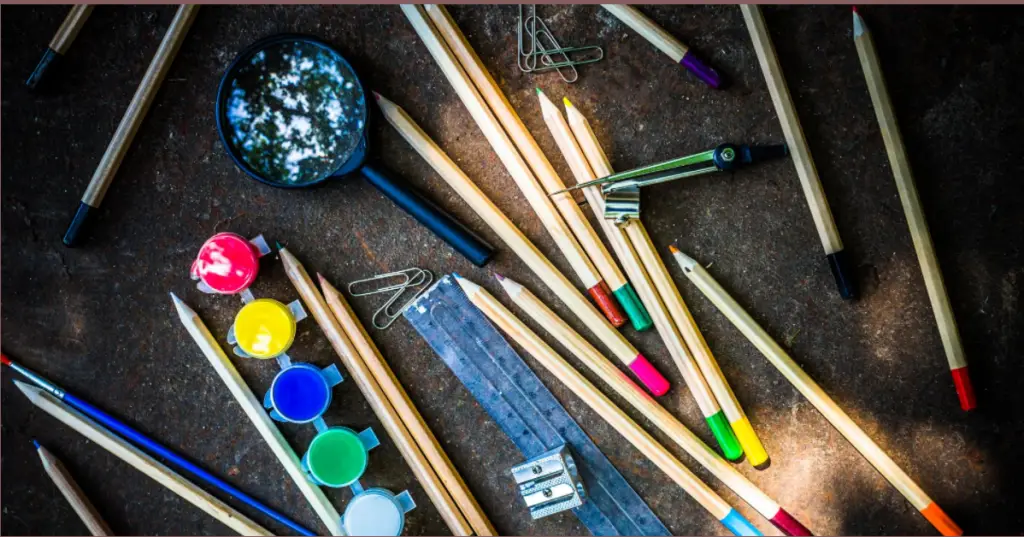
However, you may not have fully considered the benefits of incorporating art into your curriculum. Arts in education enhances creativity and promotes critical thinking and problem-solving skills.
This article will explore the importance of arts in education, its benefits, and how to incorporate it into your classroom.
Key Takeaways:
- Arts in education enhances student creativity and critical thinking skills.
- Arts education programs and art teachers are vital in promoting art in education.
Table of Contents
The Benefits of Arts in Education
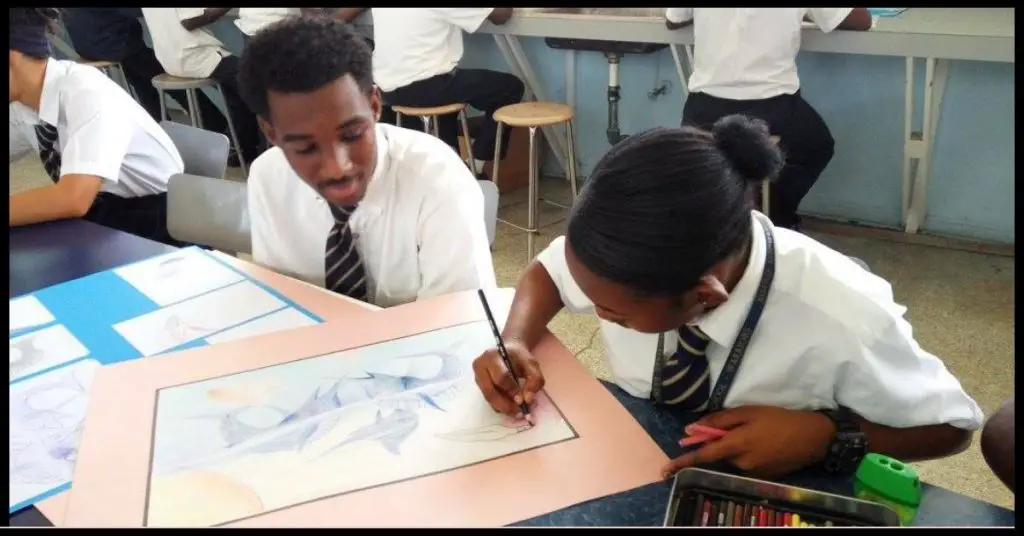
You’re not alone if you’re wondering how art education can benefit students. The benefits of incorporating visual arts into K-12 and elementary school curricula are numerous and widely recognized.
Studies have shown that students who participate in art programs tend to have better academic outcomes.
For example, a report by The Center for Arts Education found that students in high-poverty New York City schools with dedicated arts programs had higher graduation rates and better attendance than those without.
However, the benefits of art in education go beyond academic performance. Students in visual arts education also develop important skills, including creativity, problem-solving, and critical thinking.
These skills are essential in today’s rapidly changing world, where innovation and adaptability are key.
The Benefits of Arts Assessment
Of course, measuring art education’s impact can be challenging. That’s where assessment comes in.
By using assessment tools specifically designed for the visual arts, teachers can better understand the impact of their programs and adjust their instruction accordingly.
This can help ensure that students are getting the most out of their art education and that it contributes to their academic success and future career prospects.
Overall, the benefits of art in education are clear. By incorporating visual arts into K-12 and elementary school curricula, students can develop a range of important skills that will serve them well in the future.
Advocacy for Art Education
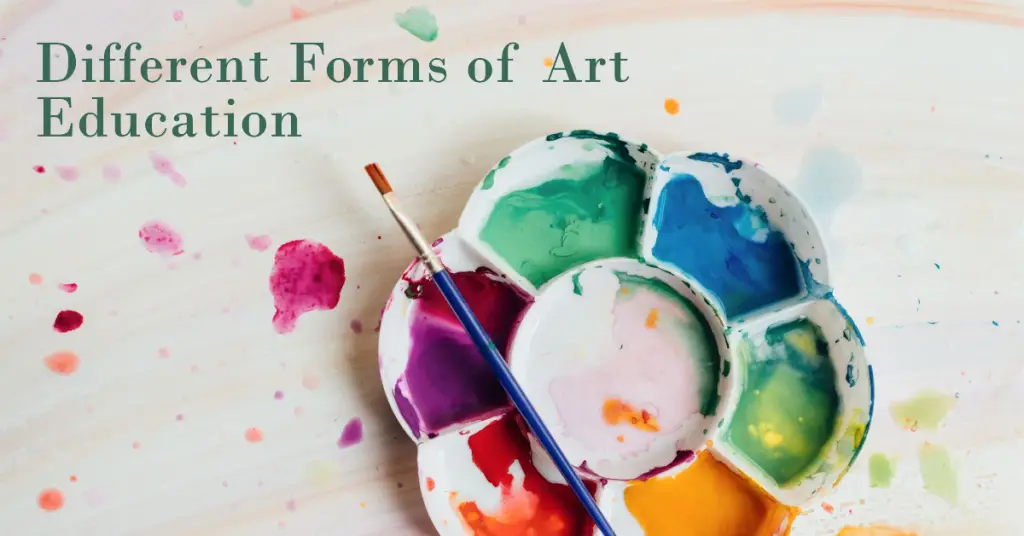
As an art educator, you play a vital role in advocating for the inclusion of art in education policies.
Art is essential for enhancing creativity and learning for all students, regardless of their background or abilities.
By advocating for art education, you ensure that students receive a well-rounded education and help to create a more vibrant arts community.
One way to promote arts advocacy is by staying up-to-date with education policies and decisions that affect your school district.
Attend school board meetings and communicate with policy-makers to express your support for arts education.
Additionally, consider joining professional organizations dedicated to arts advocacy, such as the National Art Education Association.
Another crucial aspect of advocacy is highlighting the benefits of arts education. Share success stories and research data demonstrating art’s positive impact on academic performance and student well-being.
Demonstrating the value of art education can help persuade administrators and policymakers to allocate resources and support for arts programs.
Remember that advocacy for arts education is not just the responsibility of educators. Parents, students, and community members can all play a role in promoting and supporting arts education.
By working together, you can help ensure that art remains an integral part of education for future generations.
Incorporating Art in the Classroom
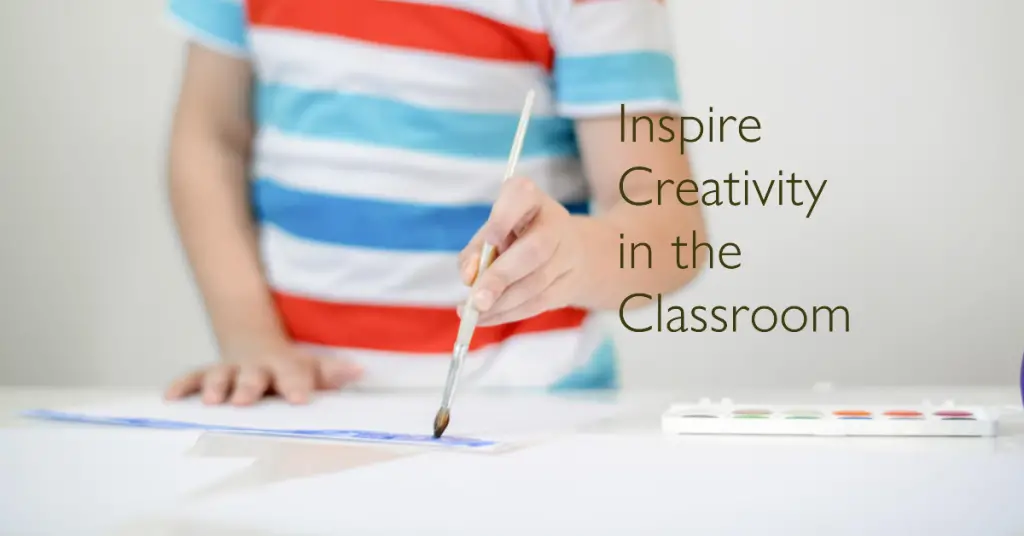
Teaching art in the classroom can be challenging, but it is an important component of a well-rounded education.
Here are some practical tips for incorporating art into your curriculum:
- Integrate art into other subjects, such as math or science, to reinforce academic concepts.
- Provide opportunities for students to create their own works of art rather than just studying the work of others.
- Encourage creativity by allowing students to explore different materials and techniques.
- Focus on the process of creating art rather than just the finished product.
- Use technology, such as online art resources or digital tools, to enhance art learning.
It is important to prioritize visual arts education in your classroom. This includes teaching students about different art forms, from painting and sculpture to photography and graphic design.
Incorporating art into your curriculum can enhance students’ creativity and critical thinking skills while providing a well-rounded education.
Arts Integration and Partnerships
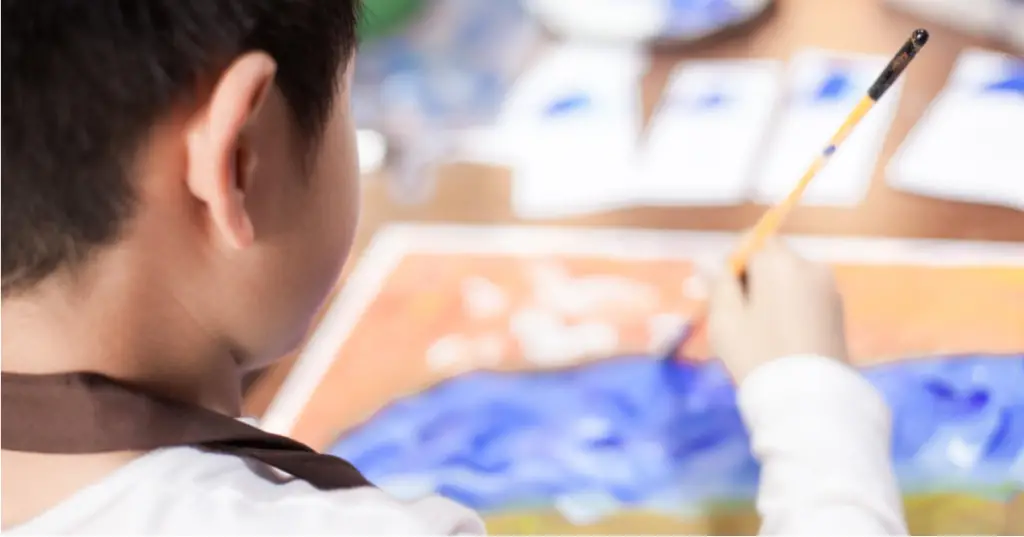
Incorporating art into education can be challenging, but it can be made easier through arts integration and partnerships.
Arts integration refers to using art to teach other subjects, such as math or science. It provides students with an opportunity to apply their creativity and critical thinking skills to a variety of topics.
Partnering with arts organizations can also be an effective way to promote art in education.
Schools can provide students unique opportunities to engage with the arts by collaborating with local museums, galleries, or community groups.
Such partnerships can also help to create a more vibrant arts community.
By exposing students to various artistic experiences, they can develop a deeper appreciation for the arts and become more engaged in their creative endeavors.
The Future of Arts in Education
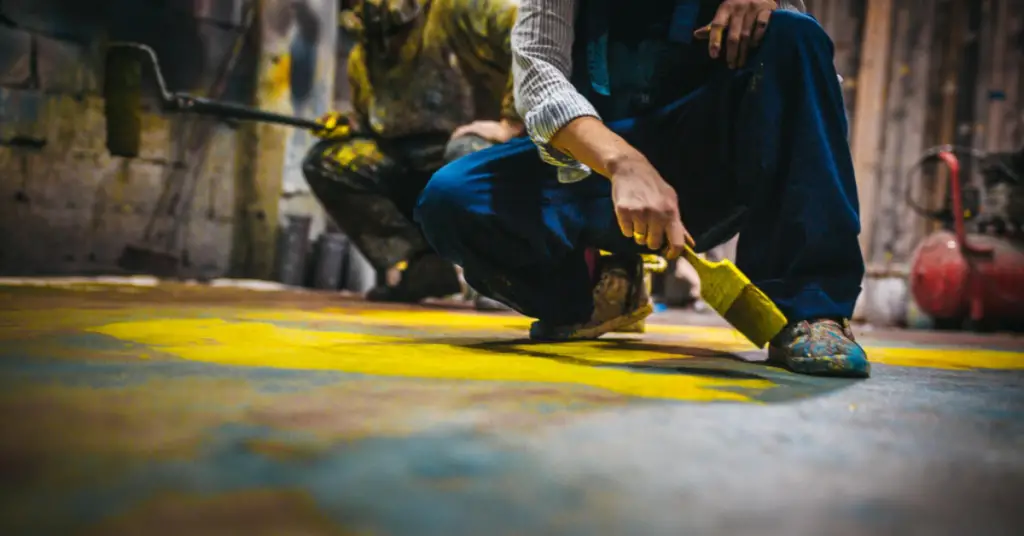
The future of art in education is bright, with the potential for education programs to enhance arts learning and create well-rounded learners.
The Master of Arts in Teaching (MAT) program, for example, allows educators to specialize in teaching the arts and provides them with the necessary skills to incorporate art into their curriculum.
Educators can help students develop critical thinking, problem-solving, and communication skills by integrating the arts into the classroom.
Furthermore, incorporating arts and cultural experiences into the classroom can give students a more holistic and enriching education.
This can be achieved through partnerships with local museums, theatres, and arts organizations.
By collaborating with these organizations, schools can expand their students’ exposure to different art forms and cultures while supporting the development of vibrant arts communities.
The Conclusion: Supporting Arts in Education
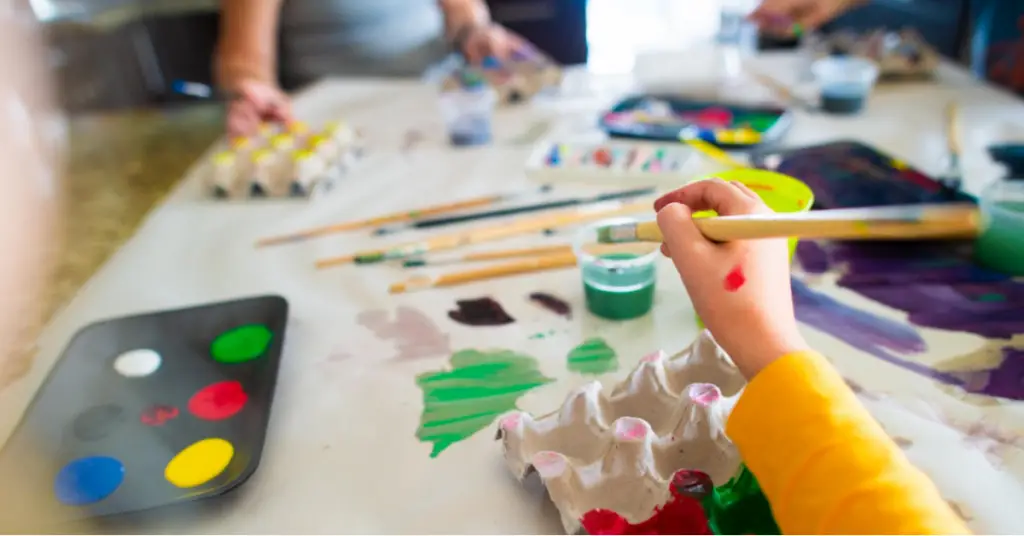
Arts in education is vital to ensuring that learners are well-rounded and creative.
This article taught you the benefits of incorporating art into education, the importance of advocacy for arts education, and practical tips for integrating art in the classroom.
Remember that art education goes beyond just the visual arts; it includes music, theatre, and dance.
By supporting these programs, you enhance academic performance and foster an appreciation for the arts and cultural experiences.
Continued Support and Advocacy
We must continue advocating for art education in our schools and communities. By supporting our art teachers and education programs, we are investing in the future of our learners and communities.
Let us all work together to promote the importance of art in education and ensure that every learner has the opportunity to develop their creativity and imagination.
FAQs on Art in Education
What is the role of art in education?
Art in education is crucial in enhancing creativity and learning for all students. It allows students to express themselves, think critically, and problem-solve, fostering important skills for their development.
What are the benefits of art in education?
Art in education brings numerous benefits. It enhances academic performance, particularly in K-12 and elementary schools, and promotes critical thinking and innovation. Additionally, it contributes to social and emotional development, encourages cultural appreciation, and fosters self-confidence.
How can art be incorporated into the classroom?
Art can be incorporated into the classroom by integrating it into the curriculum. Teachers can incorporate art activities, projects, and discussions about the taught subjects. This helps students develop a deeper understanding of the material and encourages creativity.
What is arts integration, and why is it important?
Arts integration is incorporating the arts into other academic subjects. By integrating arts into subjects like math, science, and history, students develop a more holistic understanding of the material and engage in creative problem-solving. It helps foster a deeper connection to the arts and encourages interdisciplinary learning.
How can partnerships promote art in education?
Partnerships between schools and arts organizations can promote art in education by providing resources, expertise, and community engagement opportunities. Through collaborations, schools can enhance their arts programs, offer unique learning experiences, and create a more vibrant arts community for students.
What is the future of art in education?
The future of art in education holds great potential. Education programs, such as the Master of Arts, can enhance art learning by providing specialized training for art teachers. Additionally, incorporating arts and cultural experiences into education can prepare well-rounded learners for future challenges.
Why is support and advocacy for art in education important?
Support and advocacy for art in education are crucial to ensure its continued presence and benefits for students. By advocating for art programs, we can create a more comprehensive and enriching educational experience for all students, fostering their creativity, critical thinking skills, and overall development.
References:
- Yee, Vivian. “Arts Education Lacking in Low-Income Areas of New York City, Report Says.” The New York Times, 7 Apr. 2014, www.nytimes.com/2014/04/07/nyregion/arts-education-lacking-in-low-income-areas-of-new-york-city-report-says.html.
- Taylor, Janet. “5 Tips for Better Art Assessments.” The Art of Education University, 27 Mar. 2023, theartofeducation.edu/2021/01/5-tips-for-better-art-assessments.
- “Advocate.” Americans for the Arts, www.americansforthearts.org/advocate.
- “National Art Education Association.” National Art Education Association, www.arteducators.org.
- “7 Different Forms of Art: An Easy Guide – Eden Gallery.” Eden Gallery, www.eden-gallery.com/news/7-different-forms-of-art.
- “A&Nbsp;Well-Rounded Education.” Center for American Progress, 16 Aug. 2018, www.americanprogress.org/article/well-rounded-education.
- “What Is Arts Integration?” The Kennedy Center, www.kennedy-center.org/education/resources-for-educators/classroom-resources/articles-and-how-tos/articles/collections/arts-integration-resources/what-is-arts-integration.
- “Master of Arts in Teaching.” College of Education, ced.ncsu.edu/graduate/programs/masters/master-of-arts-in-teaching.
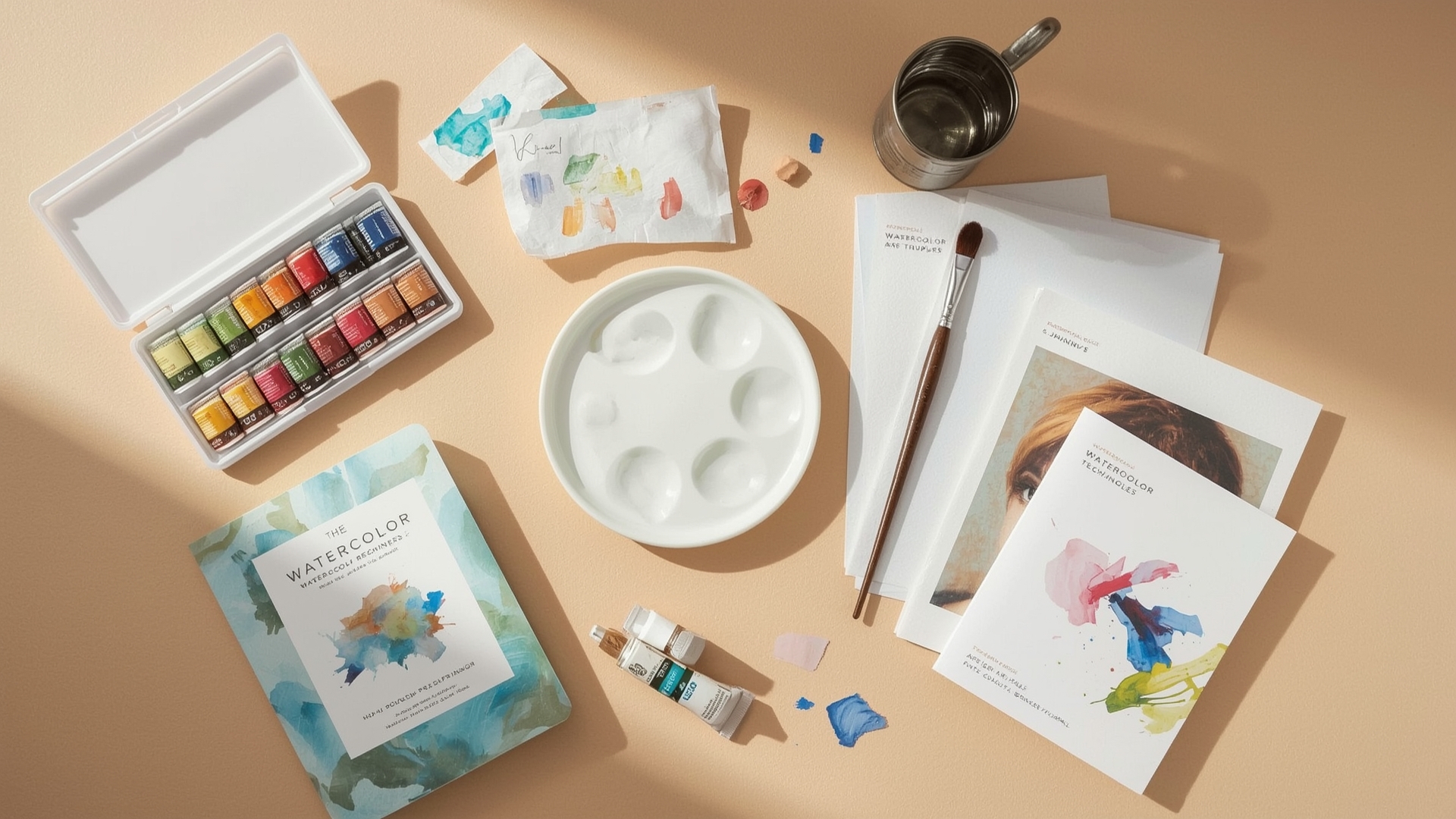
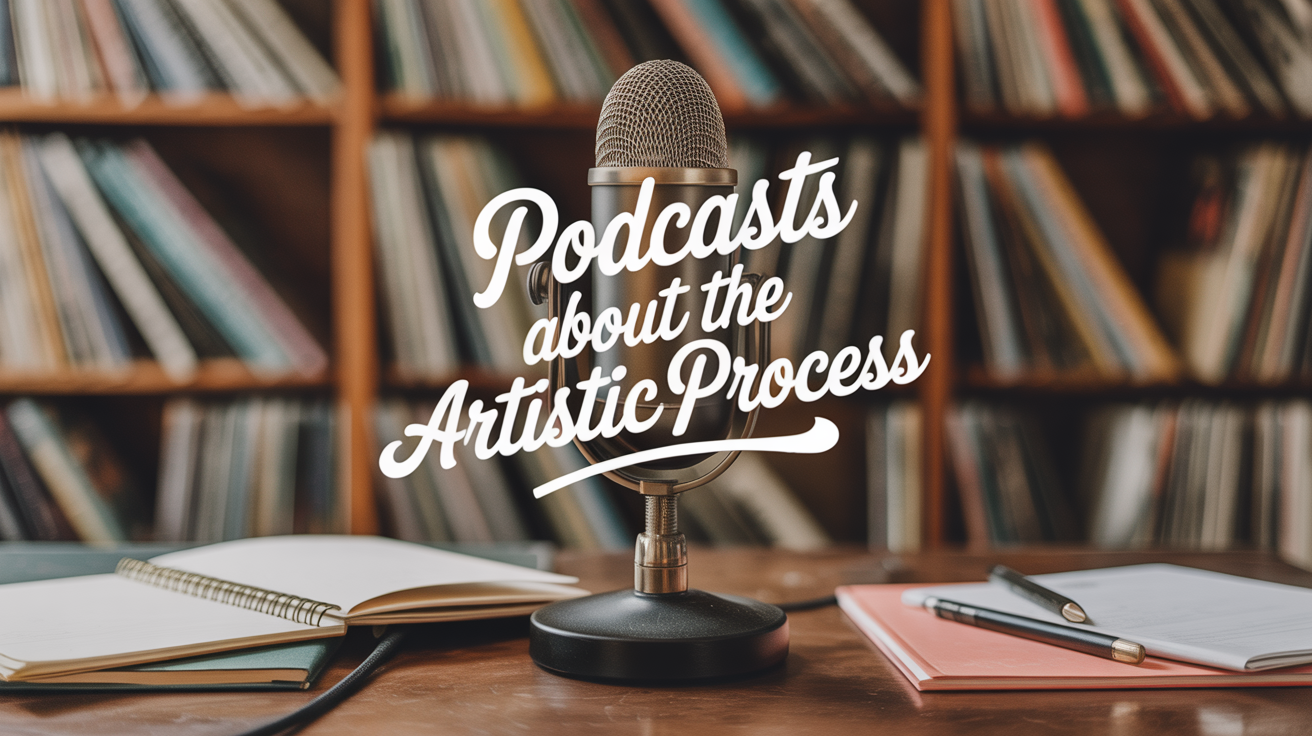
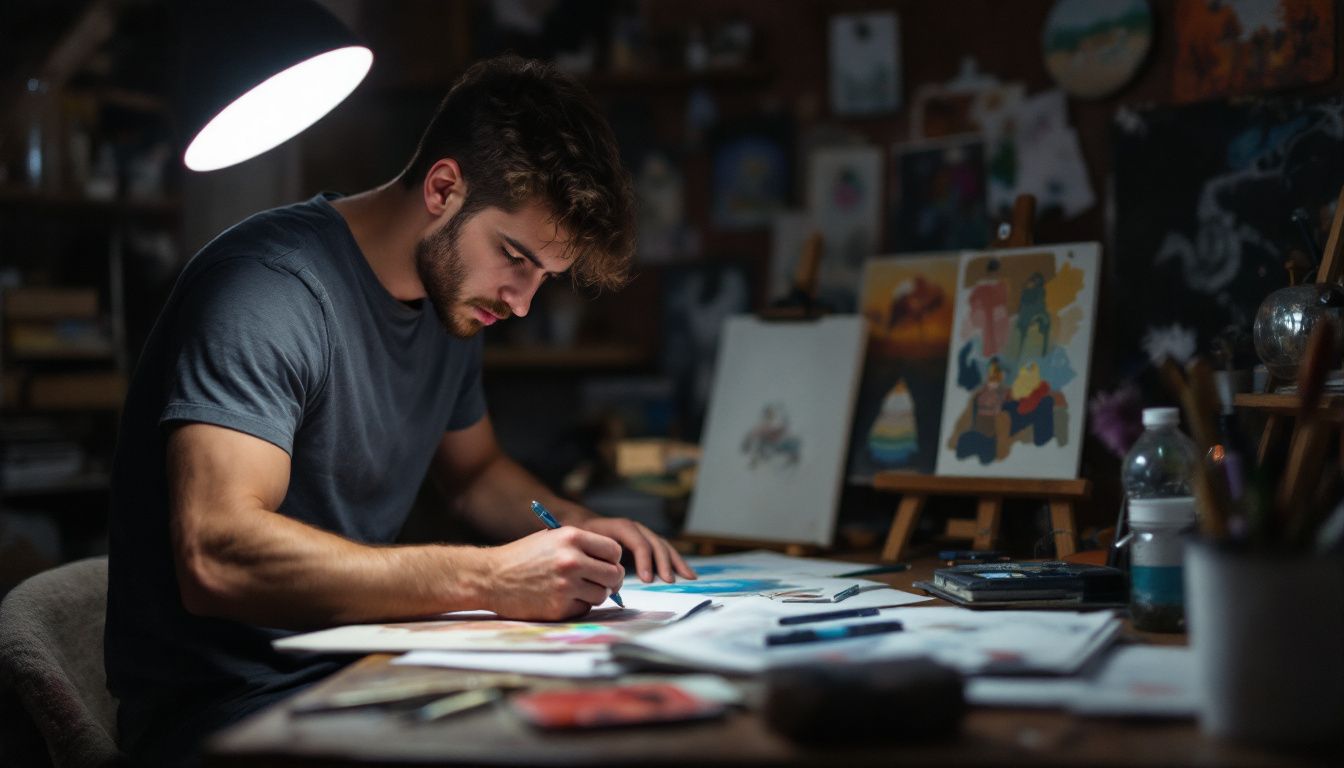
Leave a Reply